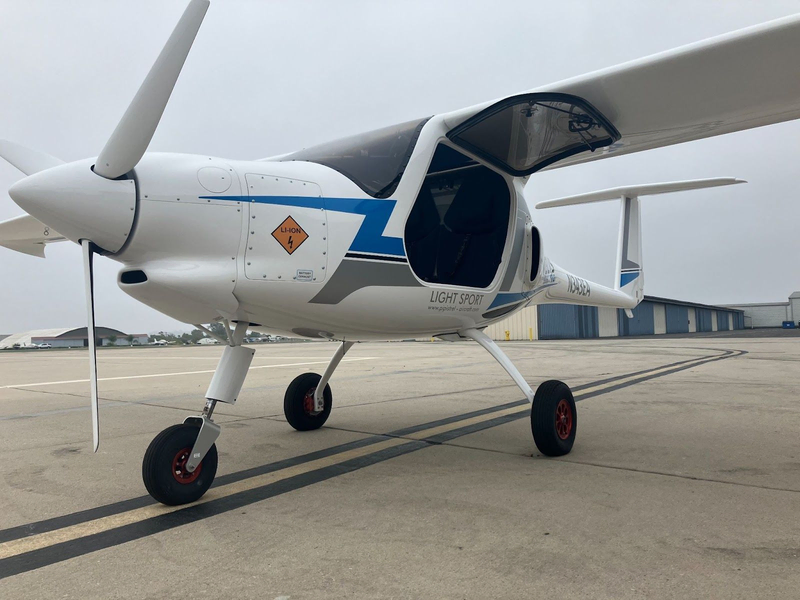
Design and manufacturing company Pratt & Whitney and the FAA have announced a collaborative effort to study non-CO2 aviation emissions.
Pratt & Whitney and the FAA are collaborating with Missouri University of Science and Technology (Missouri S&T), Aerodyne Research, and the Environmental Protection Agency (EPA) to study non-CO2 aviation emissions.
“As the aviation industry targets a goal of net-zero CO2 emissions by 2050, we continue to pay close attention to addressing the environmental impact of other emissions, including cruise non-volatile particulate matter and NOx,” said Sean Bradshaw, Pratt & Whitney’s senior technical fellow of sustainable propulsion. “Combustor rig tests with 100 percent sustainable aviation fuel (SAF) provide a controlled environment for generating valuable baseline data, which will support future studies using full scale engines on-wing at ground and flight-test conditions.”
The effort is part of the FAA’s Ascent program, a cooperative aviation research organization co-led by Washington State University and the Massachusetts Institute…
Pratt & Whitney and the FAA are collaborating with Missouri University of Science and Technology (Missouri S&T), Aerodyne Research, and the Environmental Protection Agency (EPA) to study non-CO2 aviation emissions.
“As the aviation industry targets a goal of net-zero CO2 emissions by 2050, we continue to pay close attention to addressing the environmental impact of other emissions, including cruise non-volatile particulate matter and NOx,” said Sean Bradshaw, Pratt & Whitney’s senior technical fellow of sustainable propulsion. “Combustor rig tests with 100 percent sustainable aviation fuel (SAF) provide a controlled environment for generating valuable baseline data, which will support future studies using full scale engines on-wing at ground and flight-test conditions.”
The effort is part of the FAA’s Ascent program, a cooperative aviation research organization co-led by Washington State University and the Massachusetts Institute…







/cdn.vox-cdn.com/uploads/chorus_asset/file/25476438/Gen_3_Cube_Rendering.png)




